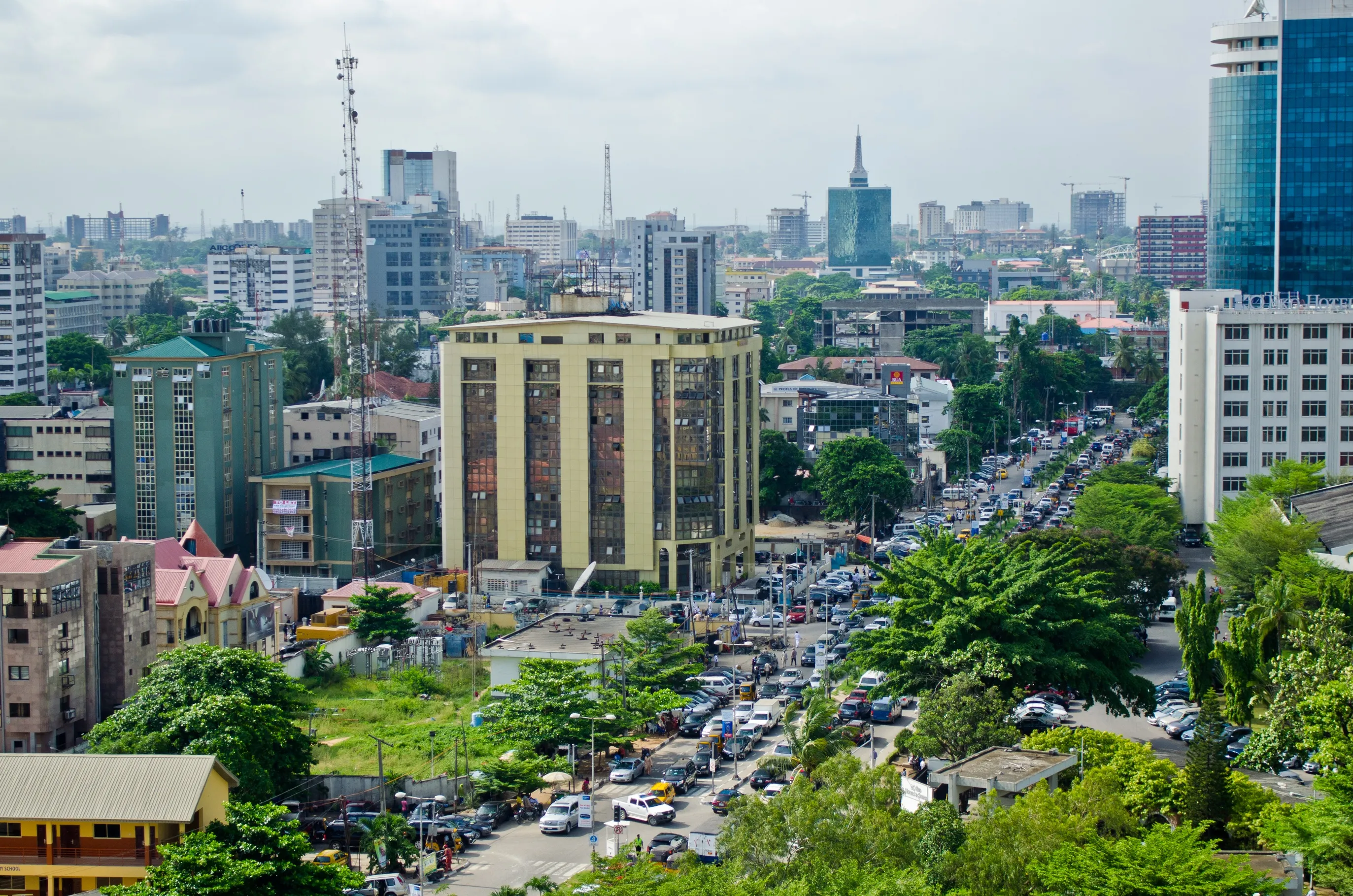The research identified and ranked 108,000 traffic hotspots in the 25 most congested cities in the US identified by the INRIX Global Traffic Scorecard, which provides an ‘Impact Factor’, based on the duration, length and frequency of traffic jams.
New York had more traffic hotspots (13,608) than any other city analysed. However, Los Angeles topped the ranking with the highest overall impact factor, due to the severity as well as the high number of hotspots (10,385). This also means LA pays the highest price, with congestion at these locations potentially costing drivers US$91 billion by 2026, if congestion doesn’t improve.
The impact of LA hotspots, and the potential cost to drivers, was 42 percent higher than the second ranked city, New York, and three times higher than Washington DC (ranked third). Atlanta and Dallas round out the top five, with Chicago, San Francisco, Houston, Miami and Boston making up the top 10. The economic cost to drivers due to wasted time, fuel and emissions in the 25 cities amounts to US$481 billion by 2026. When extrapolated to a national level, traffic hotspots could total almost US$2.2 trillion over the next decade.
I-95, in the Washington DC region, was identified as the worst overall traffic hotspot, which caused 1,384 traffic jams over the study period, stretching 6.47 miles and lasting 33 minutes on average.
However, the research shows initiatives like the
Other cities around the country are making strides to reduce congestion and improve travel times. Although in the early stages, state and local governments have support to enact long-term transportation programs to ease congestion like Atlanta’s Transform 285/400, Measure M in Los Angeles, New York’s BQE Atlantic to Sands and Connecting Washington in Washington state.
Inrix identifies the worst traffic hotspots in the 25 most congested US cities
Inrix has published its latest research on the worst traffic hotspots in America. Using Inrix Roadway Analytics, a cloud-based traffic analysis tool, Inrix analysed and ranked more than 100,000 traffic hotspots in the 25 most congested US cities. The economic cost of hotspots was also calculated in terms of wasted time, lost fuel and carbon emissions over the next decade.
The research identified and ranked 108,000 traffic hotspots in the 25 most congested cities in the US identified by the INRIX Global T
September 28, 2017
Read time: 3 mins









